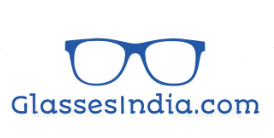Safety glasses and Prescription Safety Glasses are both types of protective eyewear that are designed to protect workers' eyes from hazards in the workplace. However, there are some key differences between these two types of glasses.
Safety glasses are designed to protect the eyes from physical hazards such as impact, flying debris, and chemical splashes. They are typically made of polycarbonate, a type of plastic that is highly resistant to impact and chemical splashes. Safety glasses may also have additional features such as anti-fog coatings and UV protection to improve their effectiveness.
Prescription safety glasses are similar to regular safety glasses, but they also include a prescription lens to correct vision problems such as nearsightedness, farsightedness, and astigmatism. These glasses are designed to provide the same level of protection as regular safety glasses while also correcting vision problems.
One of the main differences between safety glasses and prescription safety glasses is the type of lens that they use. Safety glasses typically use a single, non-prescription lens, while prescription safety glasses use a lens that is custom-made to correct the wearer's specific vision problems. This means that prescription safety glasses may be more expensive than regular safety glasses, but they can provide the same level of protection while also improving vision.
Another difference between safety glasses and prescription safety glasses is that prescription safety glasses are typically more specialized and may be harder to find. While regular safety glasses are widely available and can be purchased at most hardware stores, prescription safety glasses may be more difficult to find and may require a visit to an eyewear specialist.
Overall, both safety glasses and prescription safety glasses are important tools for protecting workers' eyes in the industrial workplace. While regular safety glasses can provide basic protection from physical hazards, prescription safety glasses can provide the same level of protection while also correcting vision problems. Employers should ensure that all workers who may be at risk of eye injuries have access to appropriate protective eyewear and that they are properly trained on how to use and care for this equipment
